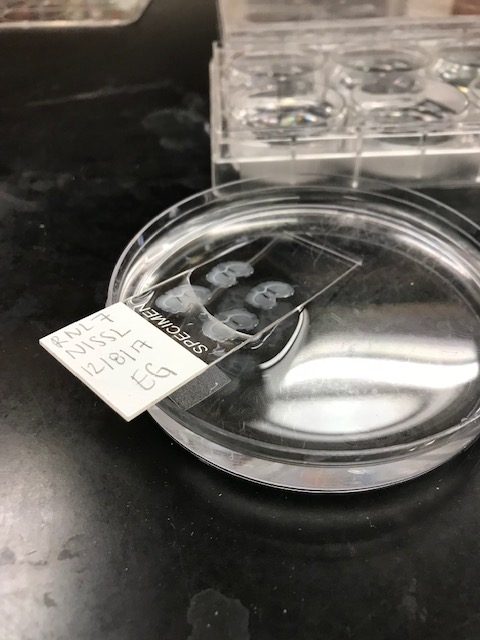Appetite and eating are not only driven by energy needs, but also by extrinsic (environmental) factors unrelated to energy balance. Environmental signals, including learned cues, can override homeostatic signals to stimulate eating in sated states, or inhibit eating in states of hunger. The long-term goal of our research is to define the functional organization of the underlying neural circuits.
Our lab primarily uses two rodent models to study environmental contributions to feeding behavior. The first is cue-induced eating, in which an environmental cue previously paired with food when an animal was hungry can initiate eating in sated rats. This enhanced eating is a consequence of motivational properties acquired by an otherwise neutral signal through associative learning. The second is fear-cue induced inhibition of feeding, in which food-deprived rats stop eating when presented with an environmental cue that signals an aversive event based on prior associations. These models provide a framework to study how environmental cues are integrated with homeostatic signals within functional forebrain networks, and how these networks are modulated by experience.

